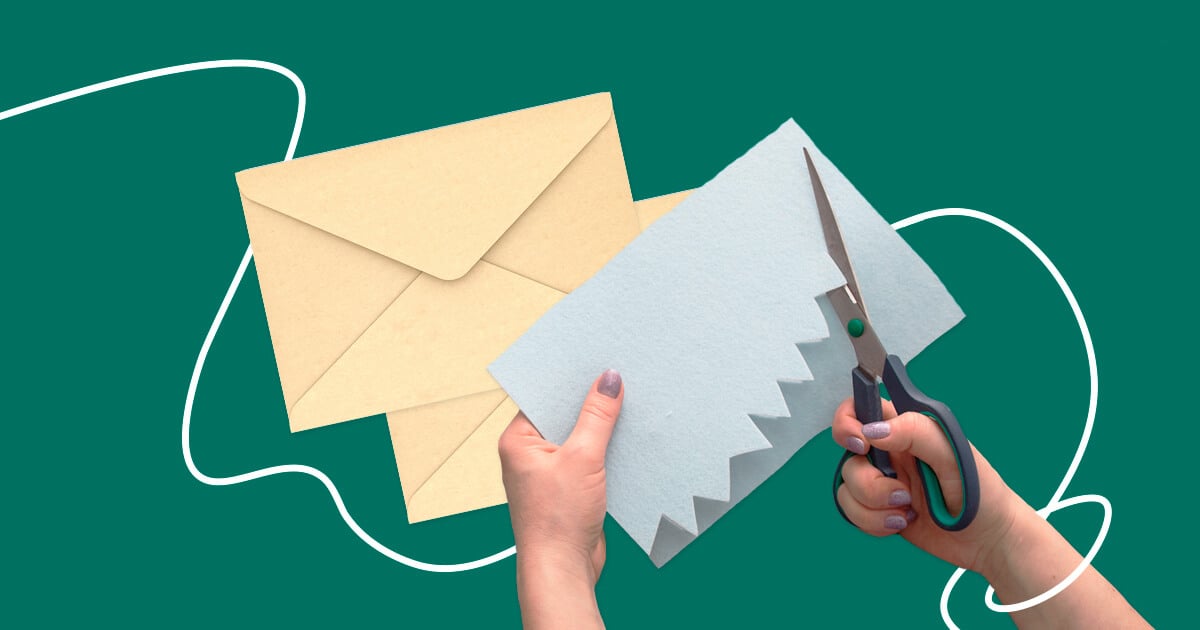What is direct mail and how can it benefit your business?
Direct mail is one of the oldest but still quite successful forms of marketing. It involves sending physical printed materials directly to potential customers.
The most common types of direct mail are:
- Brochures
- Letters
- Flyers
- Newsletters
- Catalogs
- Greeting cards
- Coupons, etc.
Direct mailing offers numerous advantages that can help your business succeed. Let’s take a look at some of these benefits.
You can reap a bountiful return on your investment, as the average campaign ROI for letter-sized envelopes is an impressive 112%.
You can easily track the success of your mail campaign. Create unique contact information for each mailer, such as a dedicated landing page or QR codes to simplify the process for subscribers. If you’re aiming to receive calls, implement a specific phone number to use only in connection with that particular message.
Less competition. On average U.S. households only received 361 pieces of direct mail throughout 2021, a stark contrast from the 120+ emails they receive or send daily. Meaning that direct mail has far less rivalry with other companies vying for attention.
Direct mail has the potential to make a lasting impression. Unlike minimalist email design, direct mail can be complex and unique since it’s a real physical object. When people receive a tangible copy that sticks around — on their fridge door or table tops — they are more likely to remember your business when looking for similar products and services. But to truly captivate customers, direct mail needs something appealing — be it a $10 off coupon for a nearby pub or restaurant, an invitation to explore the new shopping mall in town, or even just a useful checklist sticker. As you’ll see from examples in this article, successful direct mail pieces are anything but “flat” or predictable.
When it comes to Account-Based Marketing (ABM) strategies, direct mail is a priceless tool. ABM is a joint effort of sales and marketing teams working together to create tailor-made experiences for valuable customers. Direct mail has a tangible quality that leaves an impact on the recipient. This idea was proven through a study, which found that physical materials hold greater meaning and allow for a better connection to the content presented. By sending direct mail to your clients, you can be sure that it will stay on their minds for longer periods. In turn, this increases their likelihood of responding and capitalizing on the offer. The ABM campaign examples that can be used to great success include custom packages that are sent directly to the target customer. These can contain your branded items or mini-catalogs or brochures of your products and services.






























